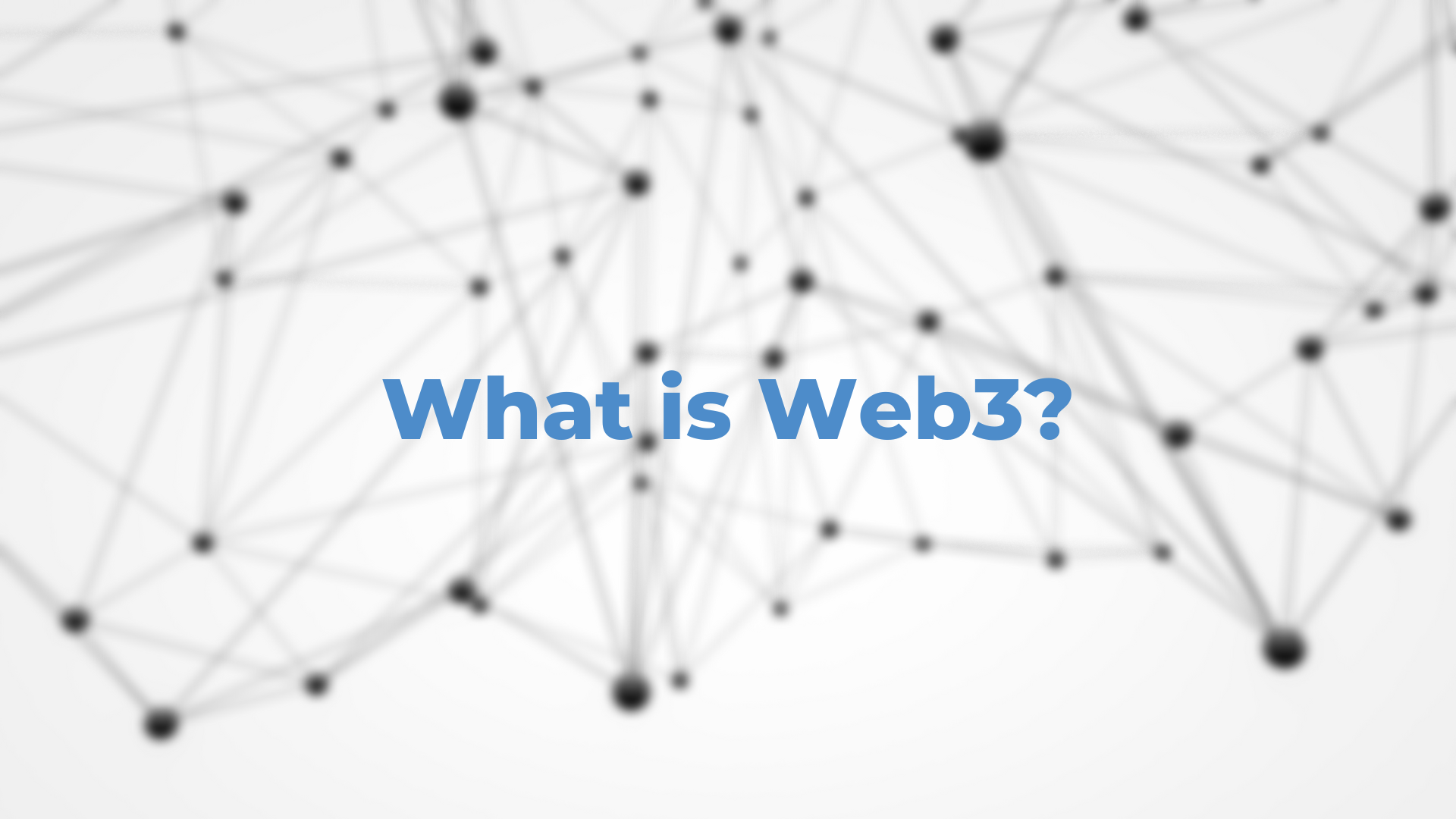Unless you have been living off the grid, you likely have seen and heard the term Web3 everywhere you look these days. I’m sure that some of you have likely asked yourself, “What is Web3?”
Web 3 (or Web 3.0) is the third evolution or iteration of the Internet. Before we delve into what exactly Web3 / Web 3.0 is, it will be helpful to look back at the prior iterations of the Internet that preceded it.
Web 1.0
Web 1.0 refers to the beginning days of the Internet (the late 1990s to early 2000s), which was 100% made up of platform-generated content. These webpages on Web 1.0 were “read-only” pages; meaning, users came to the webpage to consume information. They did not interact with the websites they visited. This era of the internet consisted of platforms such as Netscape and America Online.
Web 2.0
Web 2.0 refers to when the second iteration of the Internet started dominating the landscape of the World Wide Web in the early 2000s. Websites on Web 2.0 became more interactive. Users not only consumed content on the websites they visited but were also encouraged to interact with and create the content. With this, social media profiles, blogs, and podcasts exploded in popularity. E-commerce websites also began to appear in greater numbers as Web 2.0 content gained popularity. This includes platforms such as Facebook, Etsy, Yelp, YouTube, and others.
During this phase, data and privacy have become hot topics with platforms monetizing their users’ data.
Web 3.0
Web 3.0 / Web3 refers to the latest iteration of the Internet. Web 3.0 has been described as an “online ecosystem based on the blockchain.” This new blockchain-based Internet is where new technologies like NFTs, Cryptocurrencies, DAOs, Defi (Decentralized Finance), smart contracts, and the metaverse live. This includes platforms such as OpenSea.io, MetaMask, and Brave.
Web3 advocates tout that this new blockchain-based decentralized Internet will bring additional privacy to its user’s personal data. The ability for users of Web 3.0 to retain ownership of their personal data and give them the ability to monetize it themselves.
Web3 skeptics believe that Web3 and Web 3.0 are just marketing buzzwords and that the same Big Tech companies will still thrive.
For the foreseeable future, Web 2.0 properties will continue to co-exist with Web 3.0. Only time will tell if the advocate or pessimist’s view of the ownership of user data in Web 3.0 will emerge victorious. For now, all we can do is continue to educate ourselves as this new decentralized blockchain-based Internet grows and enjoy watching the future take shape as it does.
